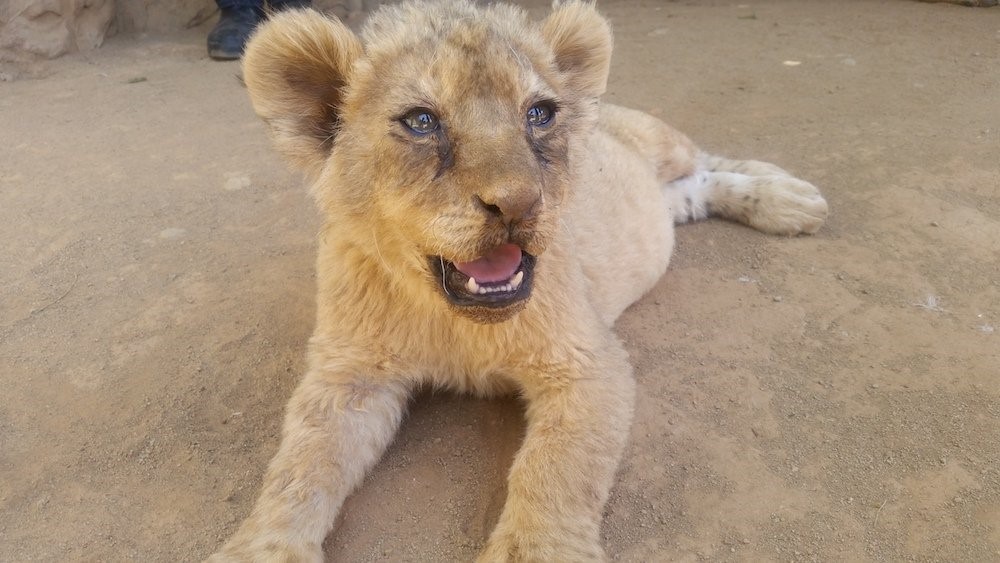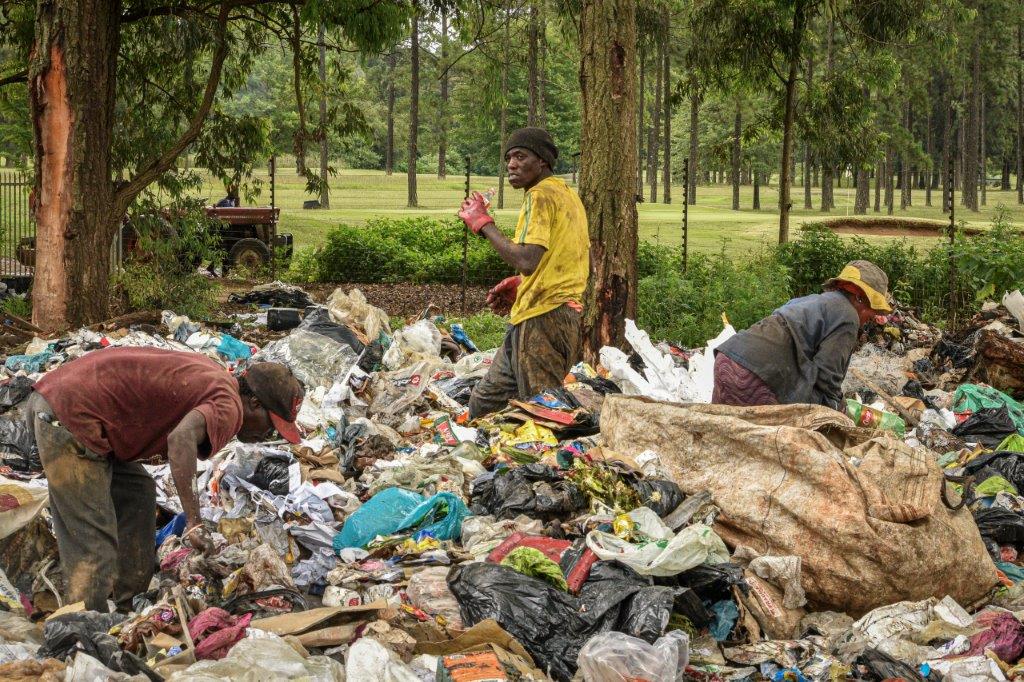Legislation enables culling, but KZN conservationists stick to alternative controls, write Fred Kockott and Thabiso Goba
First published by The Mercury
THE growing number of elephant herds in KwaZulu-Natal may be good for tourism, but they could also cause serious biodiversity loss.
This was among warnings issued at the 2018 Conservation Symposium in the KwaZulu-Natal midlands last week.
Put simply, there is too little bushveld for too many elephants.
Habitat loss
And elephants have a huge appetite and can be destructive — knocking down or uprooting trees.
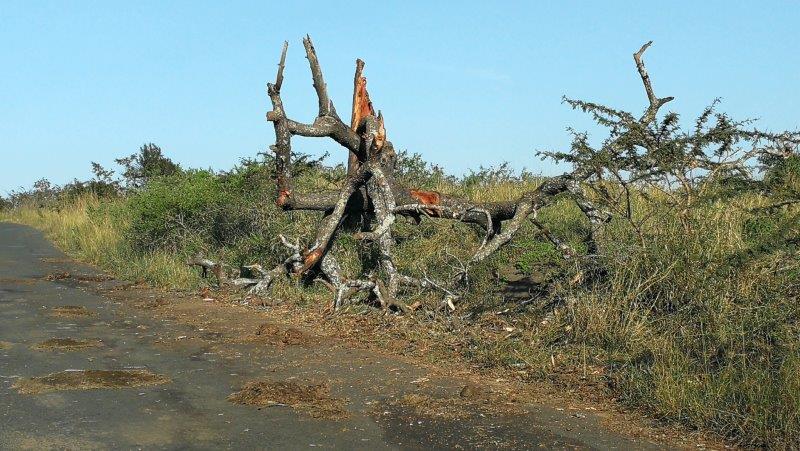
In the face of booming elephant populations in South Africa, the government lifted a moratorium on culling (selective killing) of elephant in 2008, but imposed stringent conditions under which it can occur.
Now draft amendments to the Norms and Standards for the Management of Elephants will give conservationists and game reserve owners “greater flexibility” in managing elephants.
This includes the introduction of culling plans “after all other population management options have been appropriately considered, evaluated and rejected”.
Management plans
Announcing the amendments earlier this month, the Acting Minister of Environmental Affairs, Derek Hanekom, said the legislation would ensure that elephants get managed in a way that supports “their long-term survival within ecosystems in which they occur” and “to promote broader biodiversity and socio-economic goals that are socially, economically and ecologically sustainable”.
He said the department had become aware of “implementation and enforcement challenges” particularly in instances “where the origin of roaming (wild) elephants could not be readily ascertained”.
At last week’s Conservation Symposium, delegates learned of the difficulties that rangers at Ithala Game Reserve in Zululand face in managing a population of 180 elephants.
Density
“That’s almost double the preferred density,” said Ezemvelo KZN Wildlife ecologist, Rickert van der Westhuizen.
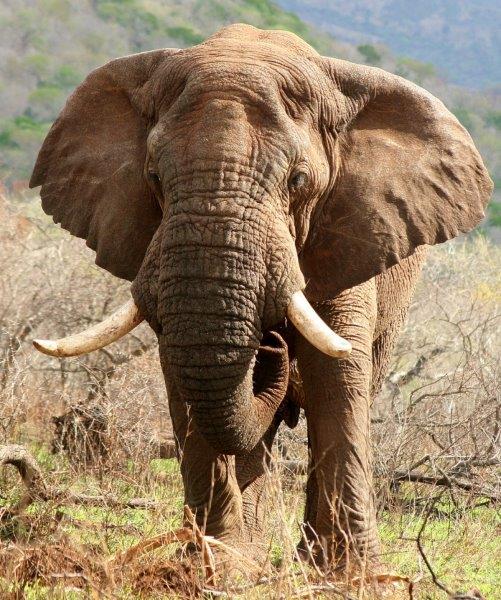
According to elephant ecologists, areas less than 1000 square kilometres were considered small for elephant. Ithala at 290 square kilometres is dwarfed by the Kruger National Park which covers 19000 square kilometres. KwaZulu-Natal’s largest protected area is the Hluhluwe-iMfolozi Park which is 940 square kilometres and holds about 800 elephants
Van der Westhuizen said in trying to find more space to roam, Ithala’s elephants sometimes broke out the boundary fence, damaging crops and posing a risk to human life.
No culling
Despite these challenges, culling was still not considered an option, said Van der Westhuizen.
He said conservation authorities would continue to pursue alternatives to culling, including range expansion, translocation and contraception.
But in the face of growing human population densities, the opportunities for translocation and range expansion were “very limited” and contraception “hellishly expensive”, said Ian Rushworth, a conservation services manager at Ezemvelo KZN Wildlife.
Strain
Contraception also did not immediately reduce the number of elephants that were putting strain on natural habitats, said Rushworth.
“And it is increasingly difficult to find new homes for excess elephant,” said Rushworth.
Rushworth warned that failure to effectively manage elephant populations would affect other important species and habitats.
Indicator species
He presented a study showing that several species of critically endangered vultures were increasingly restricted to breeding in protected areas due to human disturbance and habitat loss. In KwaZulu-Natal 94% of nests of endangered vulture species occur in areas where elephant have been relatively recently re-introduced. And as elephants were reducing the number of nesting trees, the fate of vultures in KwaZulu-Natal depended on how elephants were managed.
Large trees were also critically important in providing shade for a range of species as the climate got hotter, added Rushworth.
In his presentation, a member of the Elephant Management Plan review committee, Brent Coverdale, also expressed concern that elephants were increasingly being introduced into smaller fenced areas for tourism purposes.
This, he said, could ultimately compromise other conservation objectives and biodiversity.
People have until November 30 to comment on the revised National Norms and Standards for the Management of Elephants.
- Thabiso Goba is a final year Durban University Technology journalism student. This story forms part of Roving Reporters environmental journalism training programme supported by the Human Elephant Foundation and the Conservation Symposium.
Click here to read the revised Elephant Norms and Standards
Click here to read Derek Hanekom’s announcement


Exploring the Science, Practice and Value of Nature Conservation
The Conservation Symposium, previously the Symposium of Contemporary Conservation Practice, facilitates the development and exchange of ideas and lessons pertaining to contemporary conservation issues in southern Africa.
The Conservation Symposium serves as a bridge between conservation practitioners, scientists and policymakers in a conducive environment to solve real-world problems. It integrates a broad range of disciplines in a meaningful way and creates or strengthens connections both within and between disciplines. It provides an effective platform for researchers to demonstrate the relevance of their work in addressing real-world conservation problems, and to identify new applied research opportunities and direction. It also provides a platform for training on methods for conservation and monitoring. Read more . . .
Gastropod girl Janna is pitch perfect
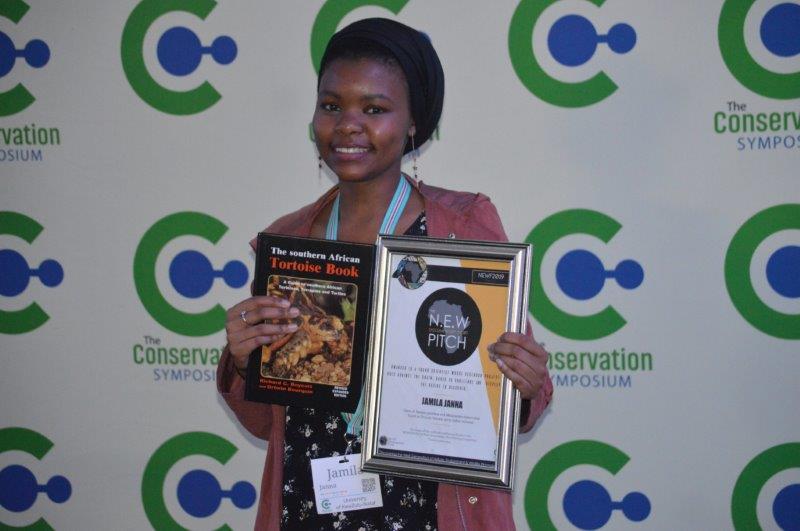
A judging panel at the Conservation Symposium in the KZN Midlands last week awarded Jamila Janna an opportunity to pitch a short documentary at the prestigious documentary film pitch competition at next year’s Nature, Environment & Wildlife Filmakers Congress. She won the award for her presentation on snails, titled: Diets of Tarebia granifera and Melanoides tuberculata found at St Lucia Estuary using stable isotopes. Read more . . .






